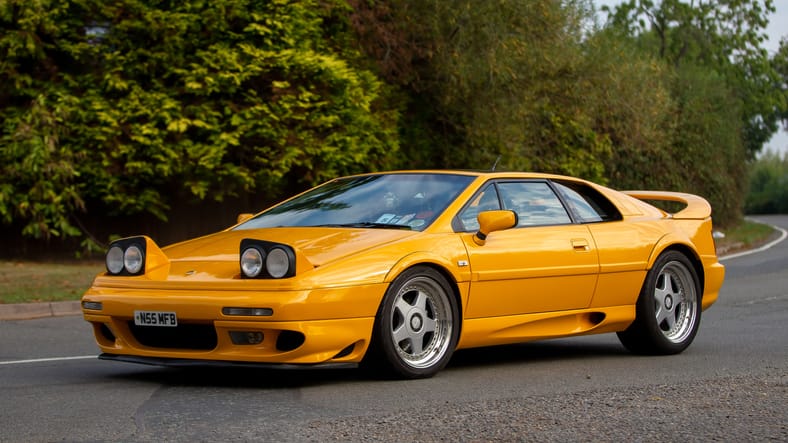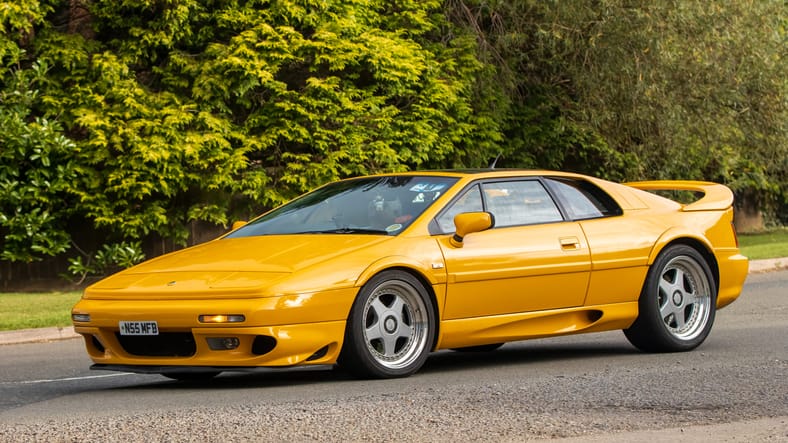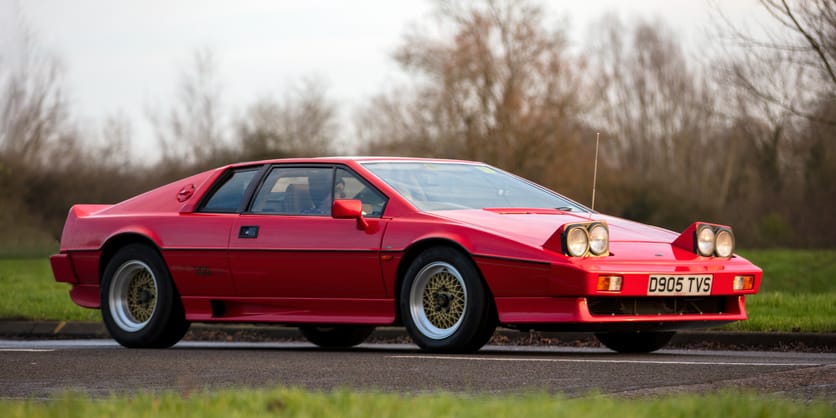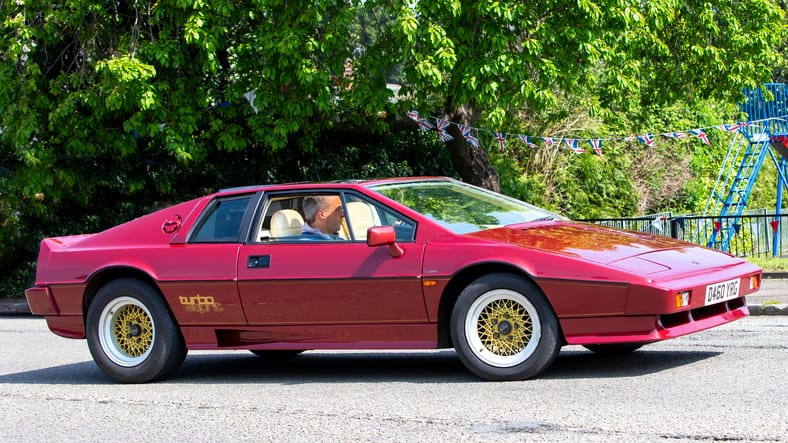The Lotus Esprit: A 28-Year Journey Through Wedge-Shaped Excellence

The Lotus Esprit is more than just a car; it's a legend. Born in 1976 and gracing the automotive landscape for 28 years, this mid-engine, rear-wheel-drive sports car embodied the essence of lightweight performance and timeless design. From its iconic wedge shape to its starring role in the James Bond film "The Spy Who Loved Me," the Esprit left an indelible mark on car enthusiasts and pop culture alike.
Early Beginnings: The Wedge Takes Shape (1976-1981)
Designed by Giorgetto Giugiaro, the Esprit's wedge-shaped silhouette was revolutionary. Inspired by the legendary Lamborghini Countach, it pushed the boundaries of aerodynamics and design language. The first iteration, known as the Series 1 (S1), housed a Lotus-developed 2.0-liter four-cylinder engine producing 140 horsepower (US) and 160 horsepower (Europe). Despite its modest power, the Esprit's lightweight construction and sharp handling ensured a thrilling driving experience.

The S1 received updates over the years, culminating in the 1980 Essex Turbo edition, a limited-run model celebrating Lotus's Formula One championship win. This potent iteration boasted a turbocharged engine bumping power to 210 horsepower, transforming the Esprit into a true supercar capable of exceeding 150 mph.
Turbocharged Thrills and Hollywood Stardom (1981-1989)
The Series 2 (S2) arrived in 1981, retaining the wedge shape but incorporating significant revisions. The interior received a much-needed upgrade, and the engine options expanded to include a 2.2-liter four-cylinder and a 2.8-liter turbocharged V6, pushing power closer to 300 horsepower.
It was during this era that the Esprit achieved its most iconic status. Featuring prominently in "The Spy Who Loved Me," its transformation into a submarine solidified its place in automotive and cinematic history. The Esprit's association with James Bond cemented its image as a sleek, powerful, and sophisticated machine, further boosting its desirability.
Evolution and Refinement: The Esprit Matures (1989-1996)
The Series 3 (S3) of 1989 witnessed a significant step forward in refinement and luxury. The wedge shape underwent subtle revisions, and the interior saw major improvements in materials and technology. More importantly, the introduction of a 3.5-liter V8 engine marked a leap in performance, offering up to 350 horsepower in later models.

The S3 era was also marked by special editions like the X180, a track-focused variant with even more power and aerodynamic enhancements. While the Esprit maintained its core driving ethos, it gradually incorporated features catering to a broader audience seeking comfort alongside exhilaration.
The Final Chapter: The V8 Takes Center Stage (1996-2004)
The final iteration, the Series 4 (S4), debuted in 1996. Featuring a completely redesigned exterior by Peter Stevens, it moved away from the wedge shape while retaining its sporty character. The most significant change was the exclusive use of a powerful 3.5-liter twin-turbocharged V8 engine producing 350 horsepower, later upgraded to 375 horsepower in the final years.
Despite its impressive performance, the S4 faced increased competition from newer, more technologically advanced sports cars. Sales began to decline, and production ultimately ended in 2004, marking the end of an era.
Beyond the Numbers: A Legacy of Innovation and Passion
The Lotus Esprit wasn't just a fast car; it was a revolution in design and engineering. Its lightweight construction, mid-engine layout, and focus on pure driving dynamics made it a benchmark for sports car enthusiasts. While lacking in creature comforts compared to modern offerings, the Esprit's rawness and driver-centric experience remain its defining elements.

Its impact extends beyond the automotive world. The Esprit's timeless design continues to inspire car designers, and its pop culture influence through James Bond ensures its place in collective memory.
Collecting the Legend: Owning a Piece of History
Today, the Lotus Esprit remains a highly sought-after collector's item. Prices vary depending on model, condition, and rarity, with pristine examples reaching six figures. Owning an Esprit is not just about acquiring a car; it's about owning a piece of automotive history and experiencing the legacy of a true driving legend.
